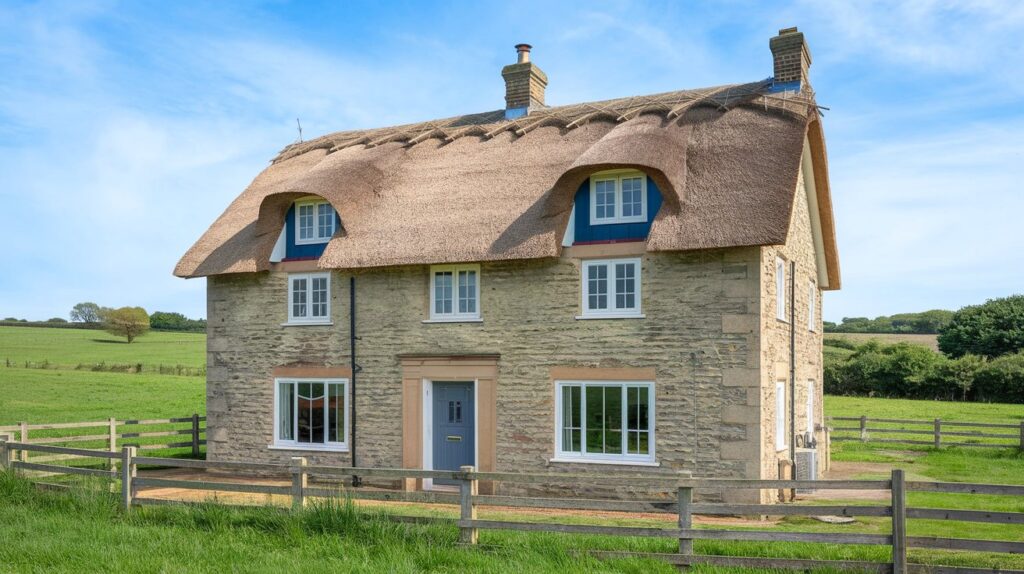The UK property market continues to attract investors, but not every home that “needs work” is a smart buy. A true fixer-upper is one where improvements can add significant value without draining your budget. Whether you’re a seasoned investor or a first-time buyer hoping to create equity, knowing how to spot a profitable project can make all the difference.
Below are seven key things to look out for when evaluating a potential renovation property.
1. Location with Long-Term Growth
Even the best renovation won’t pay off if the property is in a struggling area. Look for neighbourhoods that have strong schools, good transport links, and signs of regeneration such as new shops, cafes, or transport improvements. For instance, houses to buy in Hale are often in demand because the area is consistently popular with families and professionals. Renovating in a sought-after location ensures demand will remain strong when you decide to sell or rent.
2. Strong Structural Bones
A fixer-upper should allow you to focus on cosmetic and functional improvements, not spend most of your budget on foundational repairs. Always check the roof, plumbing, electrics, and walls for signs of serious issues. While a full survey is vital, a quick viewing can reveal warning signs such as damp patches, uneven flooring, or sagging beams.
3. Outdated but Not Beyond Repair Interiors
A property with dated wallpaper, avocado bathrooms, or tired carpets may look unappealing, but these are the easiest and cheapest updates to make. Replacing kitchens, bathrooms, and flooring can transform a property without requiring structural changes. Always look for homes where the problems are cosmetic rather than fundamental.
4. Room to Extend or Convert
One of the fastest ways to add value is to increase usable space. If the property has a loft, garage, or large garden, consider whether planning permission would allow an extension or conversion. In areas with high demand and limited supply, extra bedrooms or living space can greatly increase resale value.
5. Good Natural Light and Flexible Layout
Some homes feel dark or cramped, which can put off buyers. However, if a property already benefits from large windows, south-facing gardens, or an open-plan potential, it becomes much easier to modernise. Buyers and tenants are increasingly drawn to bright, airy spaces that work for modern lifestyles.
6. Market Comparisons in the Area
Research is key. Look at what recently renovated homes in the same area are selling for and compare those figures with the purchase price of your fixer-upper. If there’s a healthy gap, it means the renovation has room to create value. Online property portals and local estate agents can give you these insights.
7. A Realistic Renovation Budget
Finally, you need to run the numbers. Renovating should add value, not eat into it. Factor in building costs, materials, unexpected delays, and stamp duty. A good fixer-upper is one where the maths works – leaving you with equity after renovations or a strong rental yield if you let the property.
Bonus Tip: Work with Local Experts
Even experienced investors can benefit from local advice. An estate agent who understands the area can highlight properties with strong potential and warn you against those that may become money pits. This is especially useful in prime areas like Hale, where demand is strong but property values can vary depending on location and condition.
Work with Local Experts
Even experienced investors can benefit from local advice. An estate agent who understands the area can highlight properties with strong potential and warn you against those that may become money pits. This is especially useful in prime areas like Hale, where demand is strong but property values can vary depending on location and condition.
If you’re exploring houses to buy in Hale or other parts of Greater Manchester, Bentley Hurst can help you identify opportunities that balance potential, cost, and long-term profitability.

